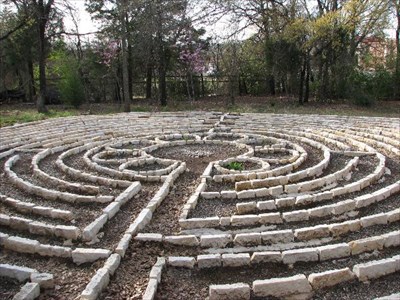Viola's "Will There Be Condominiums in Data Space" gives perhaps a perfect example of the relevance of the short story in his use of the fable at the end. While it is told as a personal anecdote, this, combined with the personification of the porcupine and the merging of the "I" with their car, has all the hallmarks of a folktale or fable.
As with many of Aesop's fables and those collected by the Grimms, the location is both described but also vague, "Late one night while driving down a narrow mountain highway." Additionally, the players, porcupine and the man/car, each take on aspects of society or human nature. The porcupine is proud, stubborn, and natural, while the man/car is large, powerful, kind, and technological. The conflict is obvious and reflects the conflicts that Viola traces throughout his writing. It is a call for progress and and acknowledgment of the limits of personal perspective, but the framing as a fable has additional importance.
GK Chesterton writes, in his introduction to a translation of Aesop's Fables,
This is the immortal justification of the Fable: that we could not teach the plainest truths so simply without turning men into chessmen....by using animals in this austere and arbitrary style as they are used on the shields of heraldry or the
hieroglyphics of the ancients, men have really succeeded in handing down those tremendous truths that are called truisms.
To us, this means that Viola's use of a nearly universal and ancient narrative form communicates and demonstrates the points about tradition and technology that he seems to point out at various places in the chapter that there is
the importance of turning back towards ourselves...The sacred art of the past has unified form, function, and aesthetics around this single ultimate aim. Today, development of self must precede development of the technology or we will go nowhere
This reminds me of some recent trends in sacred spheres to return to more traditional forms of representation in order to recombine and recreate the now, including the monastic walk/prayer labyrinth:

and the both ironic and non-ironic appreciation of religious icons:

Interestingly enough, a friend of a friend's blog gives a very simple explanation of why icons look they way they do, and its theological importance. Not unsurprisingly, it has a lot in common in the discussion of space and ideas that comes up in Viola's chapter.
Note: I somehow lost the two posts that I did for last week. I'm going to recreate them from my notes and post them on Monday and Wednesday of next week.
No comments:
Post a Comment